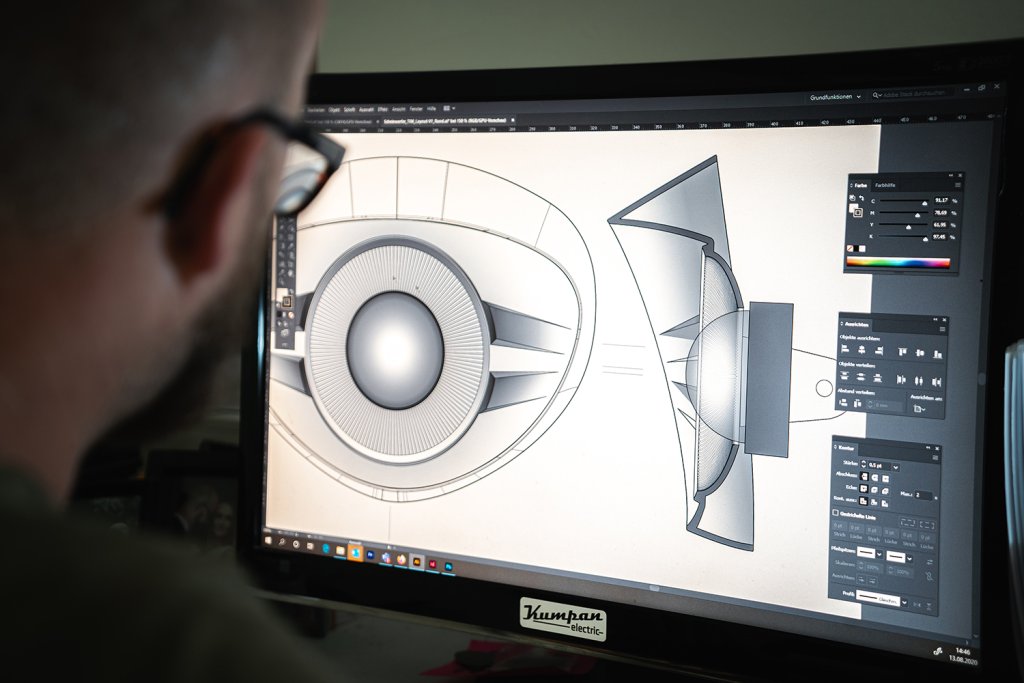
In our technologically advanced era, it's easy to assume that computer-generated work is flawless. However, it's important to remember that a computer is merely a tool that relies on the knowledge and expertise of its operator. Take computer-aided design (CAD), for example. It can be likened to a pencil—a helpful tool for creating drawings. The computers used in kitchen showrooms are specifically designed for drawing and calculations, but they lack the intelligence to plan your kitchen layout, consider specific requirements like your desired hob height, incorporate a dog basket, or find the perfect spot for your cherished heirloom scales.
Designing a kitchen that truly meets your needs and those of your family requires skill and expertise. Additionally, it's crucial to acknowledge that the kitchen can be a potentially hazardous environment. According to the Royal Society for the Prevention of Accidents (RoSPA), 40% of fatal accidents and a significant portion of non-fatal incidents requiring hospital treatment occur at home, with many of them taking place in the kitchen. By prioritizing safety right from the beginning and incorporating it into the kitchen design, these statistics could be significantly reduced.
Don't be swayed by the allure of modern technology alone. Computer-generated drawings are undoubtedly helpful and provide a visual representation of your future kitchen. However, a well-executed hand drawing can achieve the same effect. Ultimately, the true value lies in having a skilled and professional designer who is dedicated to understanding your needs and providing the best solution for you.